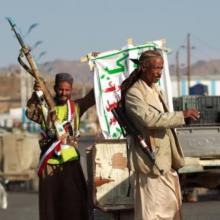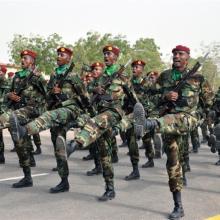According to international law, a situation of “armed conflict” is reached when a certain level of protracted violence is being used between two conflicting parties. These parties can either be two States (international armed conflict) or a State and a non-state armed group (non-international armed conflict). Contemporary conflict might, however, involve a coalition of States intervening in a third State to fight a myriad of non-state actors. Situations of occupation are also considered as a form of international armed conflict (such as the Israeli occupation of the Palestinian territory).
During armed conflicts, different types of international norms are applicable depending on the situation on the ground. International Humanitarian Law (IHL), which includes the Four Geneva Conventions and their Additional Protocols as well as the Hague Regulations, aims at limiting the effect of the armed conflict on vulnerable populations, such as civilians or wounded combatants, and at restraining the means and methods of combats parties may use.
However, Human Rights Law applies at all times, including in times of armed conflict, and parties having control over territories and populations are bound to ensure the respect of fundamental rights of all individuals under their jurisdiction, without any discrimination.
Ranging from the wars in Syria, Yemen, Libya, Iraq and the Israeli occupation of the Palestinian territories, the Arab world is a region particularly affected by armed conflict. Therefore, Alkarama regularly documents conflict-related human rights abuses and violations of IHL such as extrajudicial executions, enforced disappearances, widespread use of torture committed by all parties, as well as other abuses such as the forced conscription of children by non-state actors.












